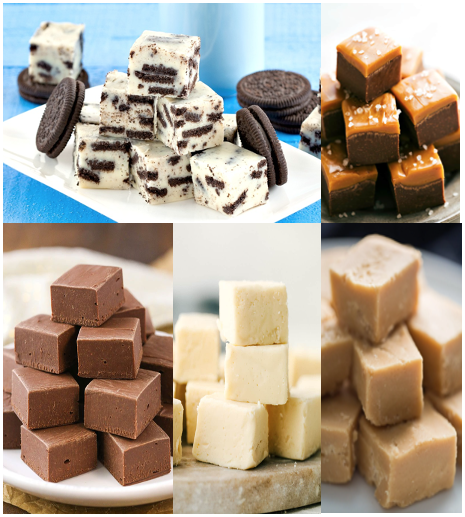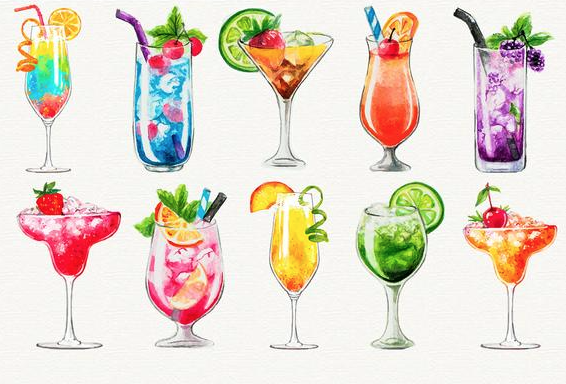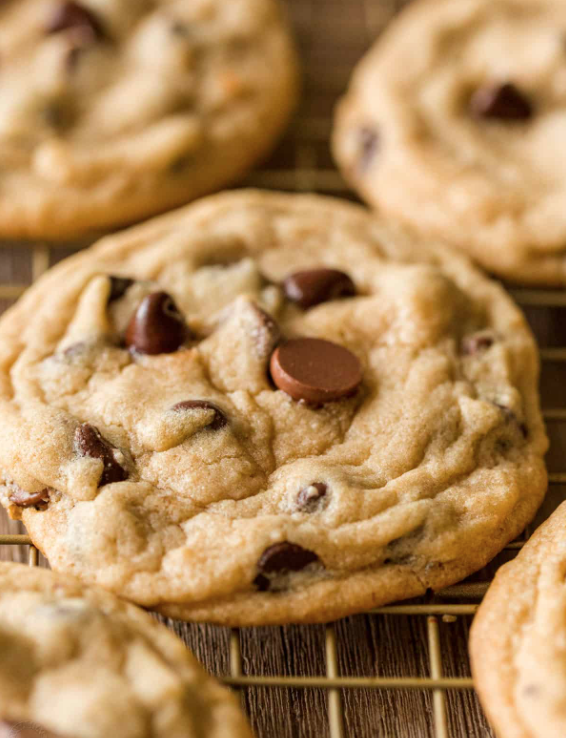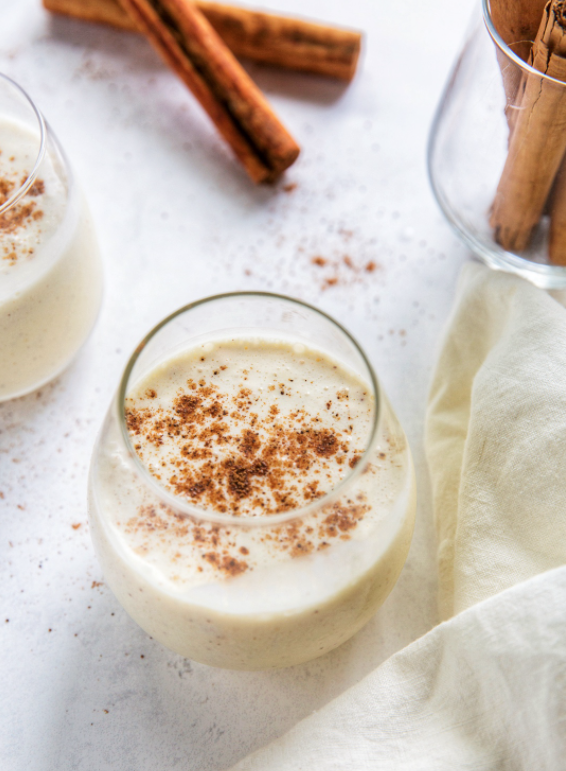By: Heidi Wagenbach
Imagine the following scenario.
…
It’s the late 1800s. You’re a young woman earning an education at Vassar College in Poughkeepsie, New York. And you’ve decided to engage in a little game that the other students have begun: sneaking food into their rooms and getting a chance to eat richly deep into the night. It’s a thrilling adventure for you and your Victorian friends, being able to break curfew and disobey the college rules.
The best part?
You get to treat yourself to creamy, chocolatey fudge.
Muddled Origins
Fudge is a relatively new product compared to other sweets and its exact origin and inventor are debated. However, many believe the first batch was created by accident when American bakers “fudged” a batch of caramels. The other legend is that in 1882, Emelyn Battersby Hartridge of Vassar College invented fudge, having gotten the recipe from the cousin of a friend, introducing the deletable goodness to Vassar in 1888. Fudge was made, popularized, and associated with women’s education afterwards for some time.
“A College Dish”
In 1897, New York Tribune stated that fudge was best enjoyed:
“when a dozen or more girls are congregated in a room, sitting on sofa cushions spread out on the floor in a mystic circle around an alcohol stove, from which the odor of ‘fudge’ rises like incense.”
The girls knew the process of making fudge was dangerous within the confines of their rooms but they cared little. They cooked in ceiling mounted gas lamps, then held it out of the windows to cool at night. Fudge was an instant classic, the original recipe containing chocolate, butter, and sugar. As this fad was adopted by more places, different recipes began emerging as well. At Wellesley College, they used marshmallows and at Smith College, they put molasses into the mix. Fudge was more than just a dessert: it was rebellion.
Mixed Reception
People, especially women at this time, led more restricted lives. Fudge was considered to be morally indulgent. Health professionals were urging diets that were bland, hardly using meats or spices in their recipes. Food writer and (acclaimed) first dietician S.T. Rorer argued against “the great desire of girls for sweets,” stating that if a girl wasn’t fed properly, she would turn to fudge and her health would therefore suffer (of course, reading this now, it sounds absurd and hilarious). Her bold claim of “kill the weak and ruin the middling” was agreed by Sherrie A. Inness, a women’s studies researcher, who “worried that ‘fudge-fuddled’ minds might hinder the academic progress of their students.” Even previous students, alumni of Vassar complained as well: “in my day, we ate our good wholesome mutton-stew without a thought of such proceedings, destructive alike to physical and moral welfare.”
Fighting Back and Present Day
In turn, the Vassar students mocked these opinions, rebutting that their fudge-eating parties were mild, compared to male students who were engaged with fighting police and drinking whiskey. Dorm parties became more of a commonplace as fudge spread into new territories to be tried so the association to women’s colleges slowly dissolved and became less known. (I know I’ve never heard of that before researching this article!)
10 Fun Facts
#1
June 16th is National Fudge Day.
#2
The invention of fudge changed the previous meaning of the word. In the late 17th century, “fudge” was a verb, meaning: “to fit together or adjust (clumsily).” In the 1800s, “fudge” meant a hoax or cheat, then by mid-century, “oh, fudge!” became an adored kid-friendly curse exclaiming that something was messed up.
#3
The original fudge candy sold for 40 cents a pound.
#4
Companies were not able to mass-produce it right away. Skuse’s Complete Confectioner was the guide to resort to for desserts but the first publications of the book in the late 1800s didn’t include any recipes. They edited and compensated by including rainbow fudge, Mexican fudge (raisins, nuts, coconut), and 3 types of chocolate fudge in the following editions.
#5
Fudge is very similar to tablet (a medium-hard candy) from Scotland, even though fudge is richer, softer, and less grainy.
#6
The world record for fudge is a slab that clocks in at a weight of 5,760 pounds, crafted at Northwest Fudge Factory in Ontario, Canada in 2010. This big boy took a week to make, and holds 705 pounds of butter and 2,800 pounds of chocolate. Good news: fudge has a long preservation life, by storing it in a tightly sealed container and freezing it, the flavor lasts for about a year.
#7
Fudge, at first, was difficult to make because of the lack of thermometers to measure the temperature while boiling. Now the recipe calls for corn syrup and condensed milk for a more foolproof result.
#8
Mackinac Island in northern Michigan considers themselves the fudge capital of the world with over 12 different fudge shops within 5 miles. Murdick’s Candy Kitchen opened in 1887 and this island makes over 10,000 pounds of fudge daily during peak season.
★Bonus Fact★
Murdick’s has 21 fudge flavors (butter pecan, chocolate, chocolate caramel sea salt, chocolate cherry, chocolate mint, chocolate peanut butter, chocolate pecan, chocolate walnut, double chocolate dark, german chocolate, Michigan maple walnut, peanut butter, peanut butter chocolate chip, salted toasted coconut, double chocolate, traverse city cherry, triple chocolate espresso, turtle, vanilla, vanilla caramel sea salt, and vanilla chocolate chip) (whew!) and 5 special holiday flavors (chocolate coffee caramel, holiday cranberry, pumpkin spice, white chocolate candy cane, and chocolate macadamia nut).
#9
Harry Ryba (aka the Fudge King of Mackinac Island) offered a lifetime supply of fudge (3 pounds a month) to a customer willing to pay $2,250. He said, guaranteeing: “a lifetime, being yours or mine, whichever ends sooner.” Good deal, but he unfortunately passed away at 88.
#10
A 1920’s magazine Harmsworth’s Household Encyclopedia referenced fudge in an article, describing: “a sweetmeat that hails from America, but is now popular in other countries.”
Overall…
I’m hungry and want to time-travel to the 1800s to experience some of the wild rides those girls were able to have past 10PM, visiting, laughing, and munching on fudge. This article proved that this dessert can be super creative, with absurdly delicious flavors that all seem to center around chocolate and what compliments it. Despite fudge having a mysterious past, the future for it looks clearer than ever, being a beloved, sweet snack during the holiday time of year for many.
Sources:
America’s Early Female College Students Held Illicit Fudge Parties
The Delicious History of Fudge
Our Fudge Flavors – Murdick’s Fudge






